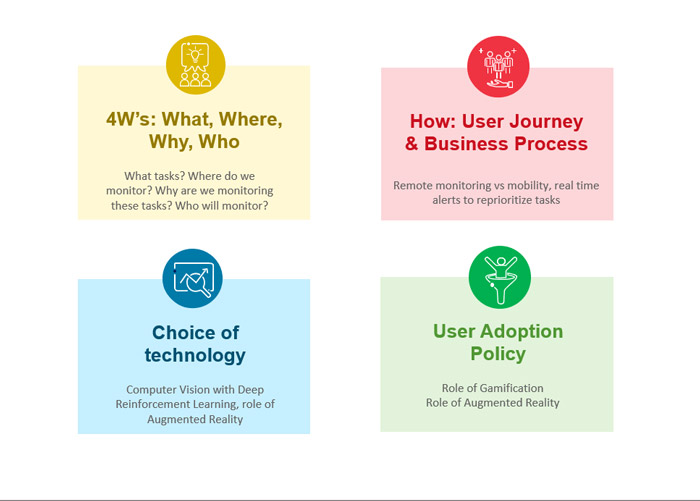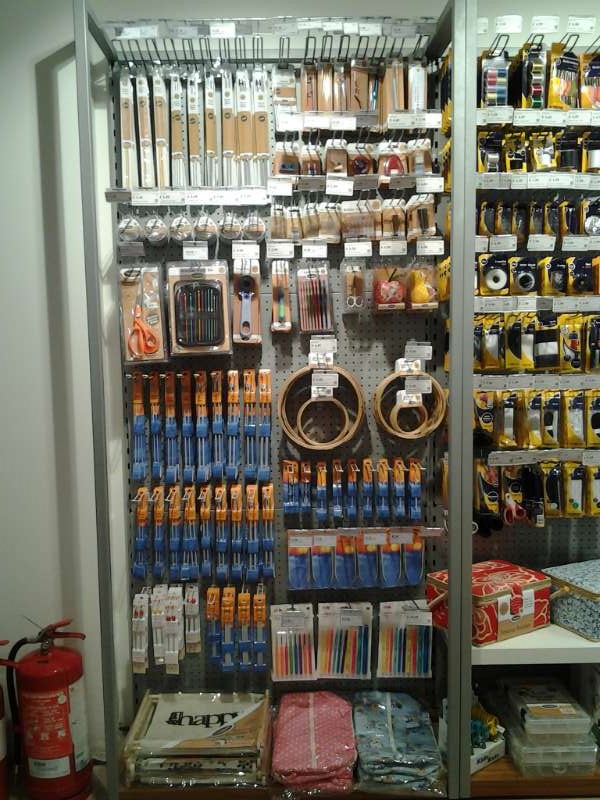

Although a semi-automated exercise today, it’s fraught with a few challenges.

Traditionally, the entire PCA process was manual. A challenging job, these executives tirelessly move from shop to shop checking how products are placed and displayed on shelves and compare them with planograms provided to them. Over the years, a reliable model has established in the retail sector wherein regular planogram compliance auditing (PCA) is carried out by third-party agencies. Are my danglers and offer-plaques visible from a distance or do customers have to get very close to spot them?.How convenient is it for walk-ins to see my products and pick them up?.Are my products kept right in the front or behind some competitors’ products?.What is the level of visibility of my brand for a casual shopper?.The critical aspects considered by a brand owner include: Brand owners use planograms to ensure that their brands are displayed prominently on retail shelves. Retail shelf planning with planograms influences brand marketing decisions as well. However, with advancements in technology, they are available as independent tools or as planogram generator modules of large retail management and merchandising software platforms. In the past, planograms were shared purely in the form of printouts for comparison and compliance auditing. Planogram compliance is deemed essential for the retail's success. Created based on the historic product sales data, planograms help retailers devise a product-placement and display strategy to ensure higher sales. A planogram is a visual representation of guidelines on exactly where various products should be kept and displayed on retail shelves. Through smart shelf planning, it helps retailers sell more and faster. Planograms is one of the most important solutions used in modern retail today.


 0 kommentar(er)
0 kommentar(er)
